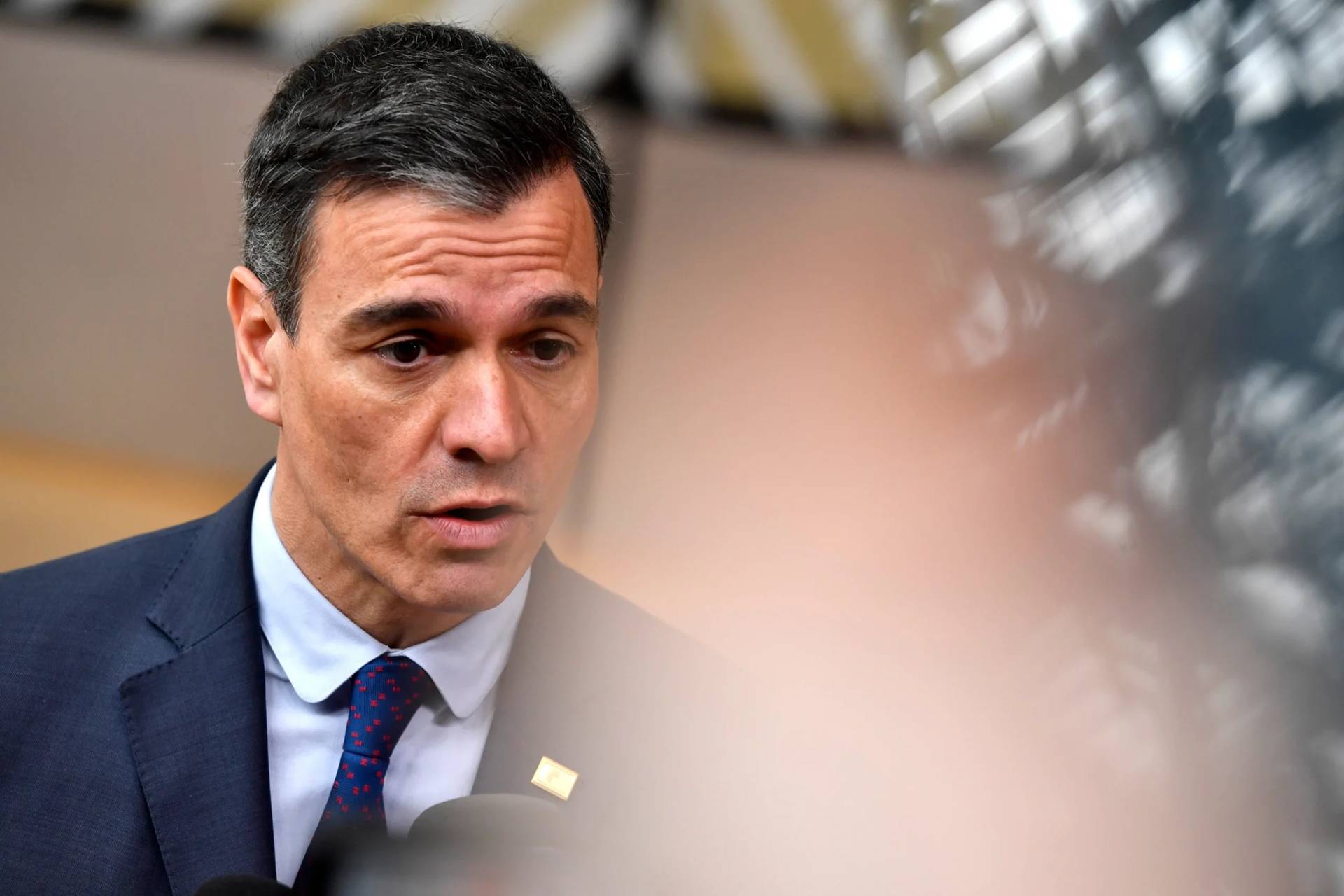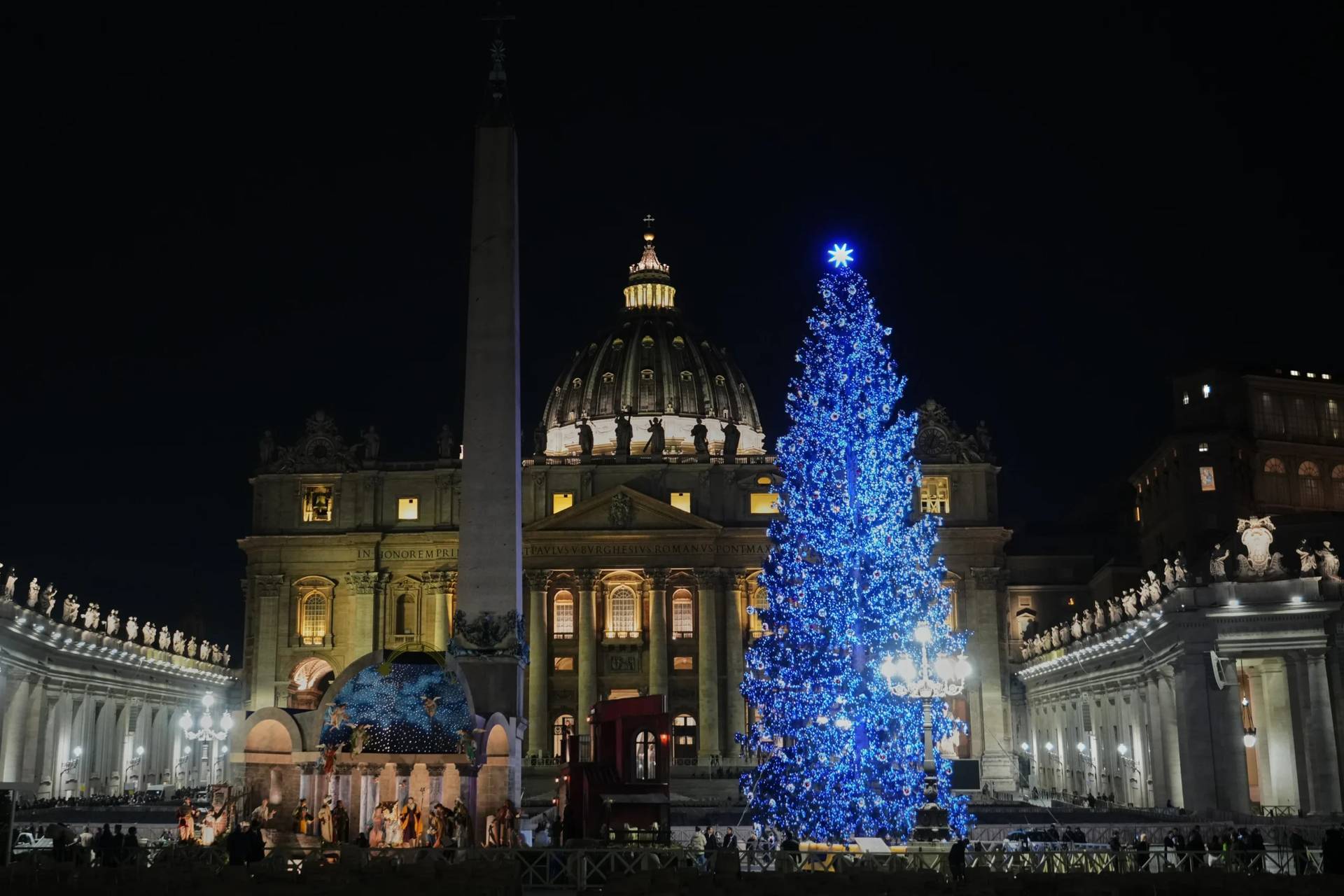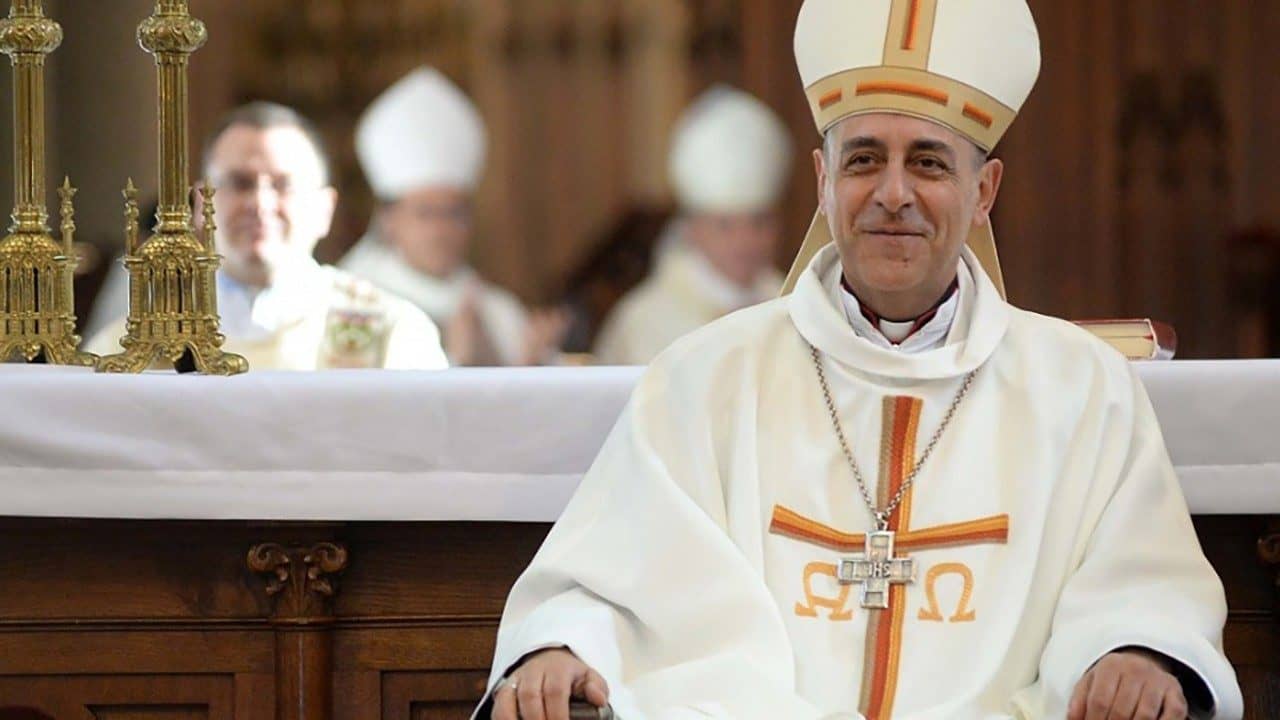ROME – News headlines of late have been dominated by rumblings between the United States and Iran, capped by President Donald Trump taking to Twitter to state emphatically, “If Iran wants to fight, that will be the official end of Iran.”
In such moments of global tension, the Vatican typically aspires to play the role of a reconciler and peacemaker. Should they wish to get involved now, they would find themselves straddling a conflict between a Western, majority-Christian nation on one side, and a Middle Eastern majority-Muslim state on the other.
In the abstract, one would think the Vatican would get a better hearing from the Western, Christian Great Power. Yet here’s the irony of the present moment: One can assemble a powerful case that the Vatican under Pope Francis actually would stand a better chance of moving the needle with Iran.
The plain fact of the matter is that the Trump White House and Francis’s Vatican are separated by a gulf that’s not only political but also cultural. It’s not just divisions over issues such as immigration and climate change that set the two apart, but also basic cultural diagnoses in the circles around Francis – for instance, a celebrated 2017 essay by Italian Jesuit Father Antonio Spadaro and Argentinian Presbyterian Marcelo Figueroa, published in a Jesuit journal reviewed by the Vatican, which argued that the United States fosters an “ecumenism of hate” between conservative Evangelicals and Catholics.
Trump or his advisers might not be particularly moved by an appeal from Francis, even if one should come, given that many of the participants in that alleged “ecumenism of hate” also happen to represent a core part of his electoral base.
On the other hand, Francis has real cachet in the Iranian political establishment. When he met Iranian President Hassan Rouhani at the Vatican in 2016, the two men had instant chemistry, exchanging requests for mutual prayers. Francis has gone out of his way to signal his closeness to Iran, just one month ago dispatching the equivalent of $113,000 out of his personal charitable funds to assist the victims of severe floods that claimed the lives of at least 70 people.
Right now, Francis also has street credibility all across the Islamic world due to his defense of Islam at critical moments, including publicly defining Islam as a “religion of peace” and insisting that terrorism and violence committed in the name of Islam is a betrayal of the faith.
In other words, Iran’s Islamic leadership might be inclined to listen to an appeal from Francis, whom they likely see as one of their few reliable Western friends.
In addition, there are structural reasons why the Shi’a Islam that dominates Iran is a natural ally of the Catholic Church. Iranian writer Vali Nasr, author of the 2006 book The Shia Revival, argues that the divide between Sunni and Shi’a bears comparison to that between Protestants and Catholics, with Shi’a being the branch closer to Catholicism.
Among the points of contact are: a strong emphasis on clerical authority; an approach to the Qur’an accenting both scripture and tradition; a deep mystical streak; devotion to a holy family (in the case of Shi’ites, the blood relatives of Muhammad) and to saints (the Twelve Imams); a theology of sacrifice and atonement through the death of Hussein; belief in free will (as opposed to the Sunni doctrine of pre-destination); holy days, pilgrimages, and healing shrines; intercessory prayer; and strongly emotional forms of popular devotion, especially the festival of Ashoura commemorating Hussein’s death.
Catholicism and Shi’a have even struggled with some of the same doctrinal disputes. Just as the Vatican found itself at odds with liberation theology in the 1970s and 1980s, so Shi’ite authorities were divided over the “Red Shi’a” movement launched by Iranian writer Ali Shariati, who died in 1977.
Like the liberation theologians, Shariati — who had studied sociology in Paris – drew on Marxism to generate a form of Shi’ism attentive to poverty and oppression. In another parallel with liberation theology, Shariati questioned the authority of the Shi’ite clerical elite, whom he accused of perverting Shi’a Islam into a “counterrevolutionary doctrine.”
Benedictine Father Mark Serna, a veteran of Catholic/Shi’ite exchange, has written: “In distinction to Muslims in the Sunni tradition, Shi’ite Muslims are very natural dialogue partners with Roman Catholics. There are many areas of mutuality: a profound contemplative and mystical tradition; veneration of saints, especially of Mary, the Mother of Jesus; notions of infallibility and authority; high emphasis on rational inquiry into matters of faith; belief and praxis; and philosophical and theological study.”
A Vatican diplomatic approach based on Francis’s personal record of rapprochement, rooted in these deeper structural parallels between the two traditions, arguably would stand a better chance than any other Western actor of getting Iran’s favorable attention.
It remains to be seen what the Vatican may do, but let’s just pause a moment to let the realpolitik soak in.
Not so long ago, popes were accused in diplomatic circles of being the chaplains of NATO, essentially sprinkling holy water over the Atlantic alliance; today, the Catholic Church is led by a third world pope who probably ought to feel better about his odds of moving the ball in Tehran than in Washington.
If nothing else, that day-to-night transition over a remarkably short arc of time stands as a dramatic rebuttal to all those who regard Catholicism as incapable of change.
Follow John Allen on Twitter: @JohnLAllenJr
Crux is dedicated to smart, wired and independent reporting on the Vatican and worldwide Catholic Church. That kind of reporting doesn’t come cheap, and we need your support. You can help Crux by giving a small amount monthly, or with a onetime gift. Please remember, Crux is a for-profit organization, so contributions are not tax-deductible.













